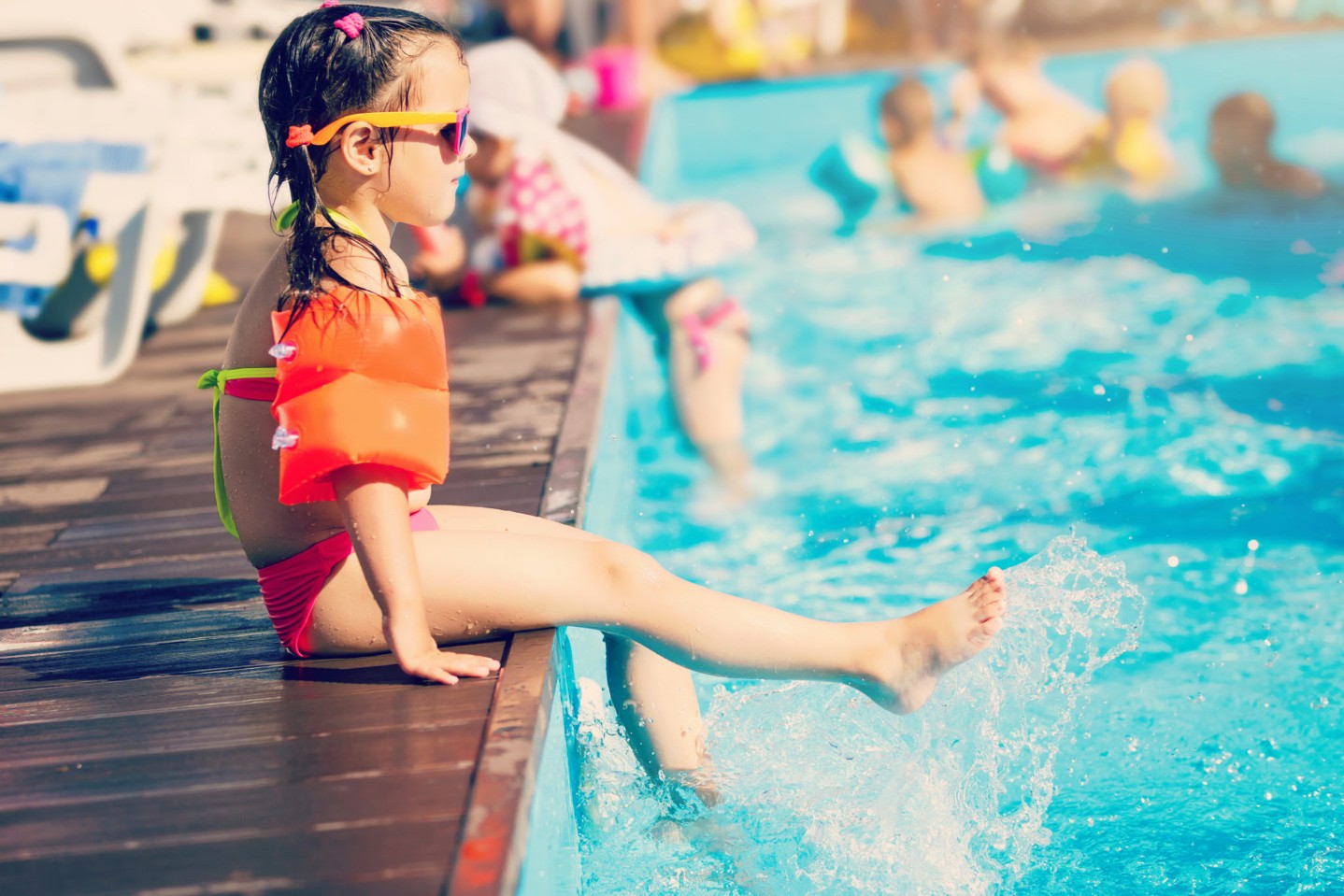World Meningitis Day: A Pediatrician's Urgent Message to Parents
SEP 25, 2025Meningitis is the inflammation of the membranes (meninges) that surround and protect the brain and spinal cord.
Read More
It’s something no parent wants to think will ever happen to their child, but drowning is a leading cause of death in young children. More children ages 1-4 die from drowning than any other cause of death, except birth defects. For children ages 1-14, drowning is the second leading cause of death. Although rates are higher in children, adults are also at risk of drowning.
It is important to understand drowning in order to really know how to prevent it. Recognizing that a person is drowning is not easy. TV and movies would have us believe that a person in trouble will be thrashing their arms around and screaming for help. It is actually the exact opposite. The following are signs that a person may be drowning:
Lastly, in regards to older kids, as we know many of them love to zoom around on jet skis. Be aware that these vehicles can go up to 60mph and that you are eight times more likely to be hurt on one of them versus in a motorboat. Wave jumping is the biggest culprit for fatal jet ski accidents. (2)
Consider setting these rules for your family:
It can take 60 seconds or less for a person to drown so prevention and quick action are key. So we as parents need to be on our game and help our kids enjoy the water safely this summer.
Here's a guide for selecting life jackets and a guide about drowning prevention.
Sources:
1.) Pediatric Submersion Events in Portable Above-Ground Pools in the United States, 2001-2009
2.) HealthyChildren.org
Original post date: June, 2014. Revised: June, 2022.

Meningitis is the inflammation of the membranes (meninges) that surround and protect the brain and spinal cord.
Read More
With the right knowledge and proactive management, children with asthma can lead full, active, and vibrant lives.
Read More
Celiac disease is an autoimmune disorder triggered by the consumption of gluten, a protein found in wheat, barley, and rye.
Read MoreWhen you need local health information from a trusted source, turn to the CHI Health Better You eNewsletter.